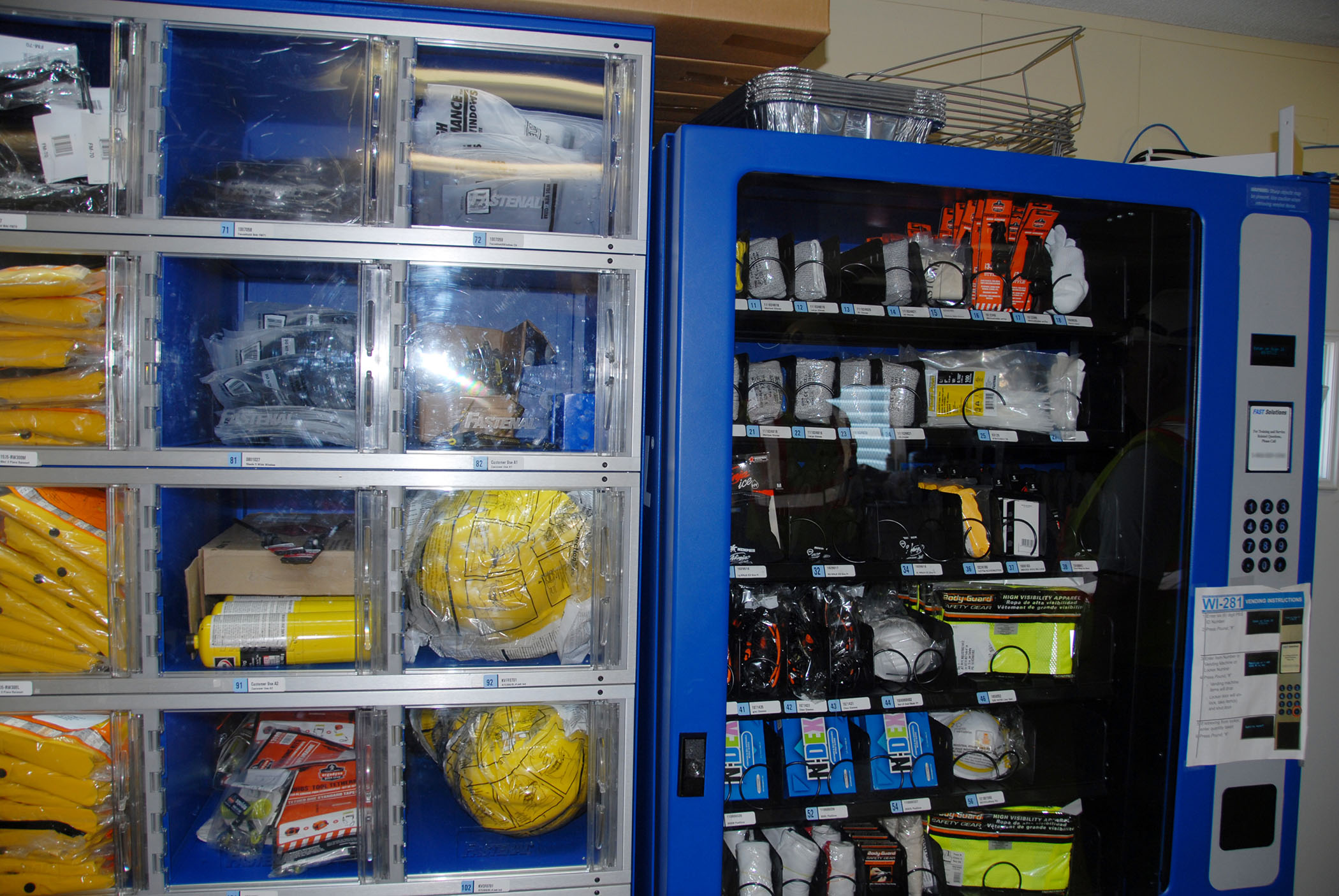Is Your Facility Using the Correct PPE? Steps for Conducting a PPE Assessment
What Is Personal Protective Equipment?
Personal Protective Equipment (PPE) is equipment worn to minimize exposure to hazards that cause workplace injuries and illnesses. These injuries and illnesses may result from contact with chemical, electrical, mechanical, physical, or other workplace hazards. When work practice and administrative controls do not provide sufficient protection, employers must provide PPE to their workers and ensure its proper use.
Although PPE should be considered one of the last lines of defense against workplace hazards, it is essential to keep workers safe.
Steps for Assessing Hazards and Determining PPE Needs
The process for identifying where specific PPE is required is called a PPE Hazard Assessment.
The following steps should be taken by the employer during the Hazard Assessment:
1. Evaluate each work process and determine what hazards are present at the workplace. When looking for hazards, consider both the workplace and the necessary tasks. Below are examples of some potential hazards and the injuries they may cause:
-
- High temperatures that can burn, injure eyes, or ignite PPE.
- Chemical exposure that could result in burns or create respiratory hazards.
- Harmful dust that could scratch or burn the eyes or the lungs.
- Sharp objects that could pierce hands, feet, or any part of the body.
2. Select the appropriate PPE for each affected employee, communicate the PPE requirements to employees, and ensure PPE fits each employee properly.
3. Document the assessment. OSHA standards require PPE Hazard Assessments to be documented.
4. Conduct and document training. Each employee must be trained in the proper use of their PPE.
Types of PPE
Eye and Face Protection
Eye or face hazards can include flying particles, liquid chemicals, acids, chemical gases and vapors, or potentially harmful light radiation. Examples of eye and face protection include:
- Goggles
- Safety glasses
- Face shields
Head Protection
Head protection is used to protect from impact or shock hazards. Head protection must fit properly and not slip, fall off, or irritate the skin. Hard hats are the most common type of head protection. Hard hats fall within three categories:
- Class G provides impact, penetration, and voltage protection.
- Class E provides impact and penetration protection and the highest electrical protection.
- Class C provides the greatest comfort but offers no electrical protection.
Foot and Leg Protection
Foot and leg protection should be employed when falling/rolling objects and crushing/penetrating materials are present. It should also be used if there is a presence of hot, poisonous, or corrosive materials.
Hand and Arm Protection
Hazards affecting the hands and arms include skin absorption of harmful substances, chemical or thermal burns, electrical dangers, bruises, abrasions, cuts, punctures, fractures, and amputations. Examples of hand and arm protection include:
- Gloves
- Finger guards
- Arm coverings
Hearing Protection
Hearing protection is required in the presence of loud and sustained noises. Types of protection include earplugs and earmuffs. Noise surveys may be needed to determine what level of hearing protection is necessary.
Respiratory Protection
When employees must work in environments with insufficient oxygen or where harmful dusts, fogs, smokes, mists, fumes, gases, vapors, or sprays are present, they need respirators. These health hazards may cause cancer, lung impairment, other diseases, or death. Employees needing respiratory protection must be “fit tested” to ensure the equipment is providing adequate protection.
Need help assessing hazards and training your employees? Walden’s EHS experts can provide the coverage your people and your organization need. For more information and guidance about PPE protection, please contact us at 516-758-1273.

Read about Walden’s EHS services, which include PPE assessments, here. Contact us at 516-758-1273 to learn more!
